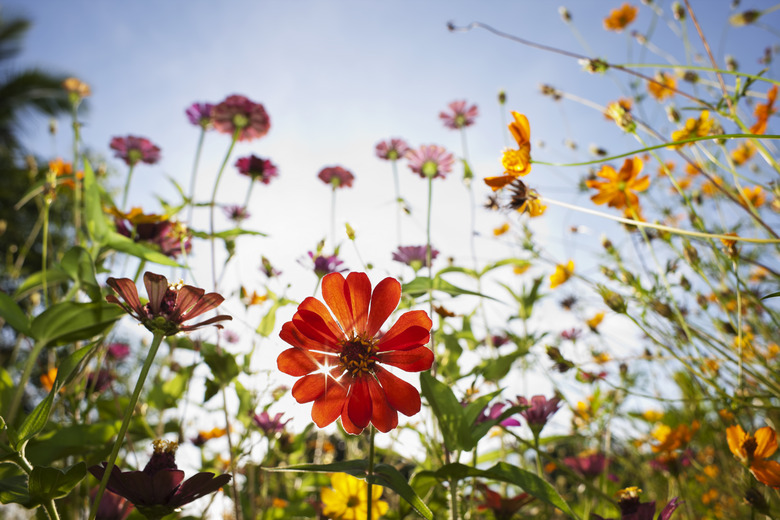Interesting Facts About Wildflowers
Wildflowers are overall a beautiful plant, but what most people don't know is that the wildflower wasn't around when our planet developed. According to flower experts that educate themselves on unusual facts about plants, there are over 20,000 species of flowering plants in just North America alone, and these species belong to around 300 different families. Flowers that grow on their own, however, without any need for cultivation, are called wildflowers.
Interesting Wildflower Facts
Wildflowers are built to grow on their own. Most wildflowers are indigenous to the continent, and these types of wildflowers are called natives. It's common, though, for many wildflowers not to be indigenous to the land. Wildflowers are equipped to grow on their own, but they can be introduced to other parts of the world. These are called naturalized wildflowers.
- Wildflowers are overall a beautiful plant, but what most people don't know is that the wildflower wasn't around when our planet developed.
- Wildflowers are equipped to grow on their own, but they can be introduced to other parts of the world.
How Did The Wildflower Come About?
The origins of flowers are still a mystery, but fossil records show that the first sign of flowers appeared on the planet around 80 to 90 million years ago. The development and evolution of plants occurred due to sexual reproduction, so most plants were able to reproduce on their own. More advanced plants, however, like wildflowers, needed a bit of extra help. Evidence shows that man knew of the benefits of seeds around 50,000 years ago. There could be earlier signs, but as of right now the earliest acknowledgment of human life knowing about seeds was in Northern Iraq. After archaeologists did digs in areas like the Nile Valley, it was shown that over 25 different plant species existed over 17,000 years ago. Depictions of flower gardens were displayed on palace walls and plants were imported and naturalized from around the world.
- The origins of flowers are still a mystery, but fossil records show that the first sign of flowers appeared on the planet around 80 to 90 million years ago.
Arrival of Wildflowers
The arrival of wildflowers is primarily attributed to Greek and Roman culture. In 300 B.C., Theophrastus was deemed the "Father of Botany." Theophrastus was a student of Aristotle, and it was his job to look after the Athenian botanical gardens. He was able to study and name over 500 separate plants. In 23 B.C., Romans began to explore the development of ornamental and wild-growing plants based on criteria.
English Fascination With Wildflowers
In the early 19th century, the people of England became fascinated with all the interesting things about flowers. Many of the elite of England were used to more curated gardens, but the trend shifted towards natural or wild gardens. A woman named Gertrude Jekyll, who was considered the most famous English garden writer of that period, was famous for her "flowering incidents." It was through this that she came up with wildflower seed mixtures, learned more about wildflower facts and created new colonies. The wildflower seed mixtures and fascination of wildflower gardening are directly attributed to the early age of English gardening. They were able to predict the charm of wild species of flowers.
- The arrival of wildflowers is primarily attributed to Greek and Roman culture.
- In 23 B.C., Romans began to explore the development of ornamental and wild-growing plants based on criteria.
